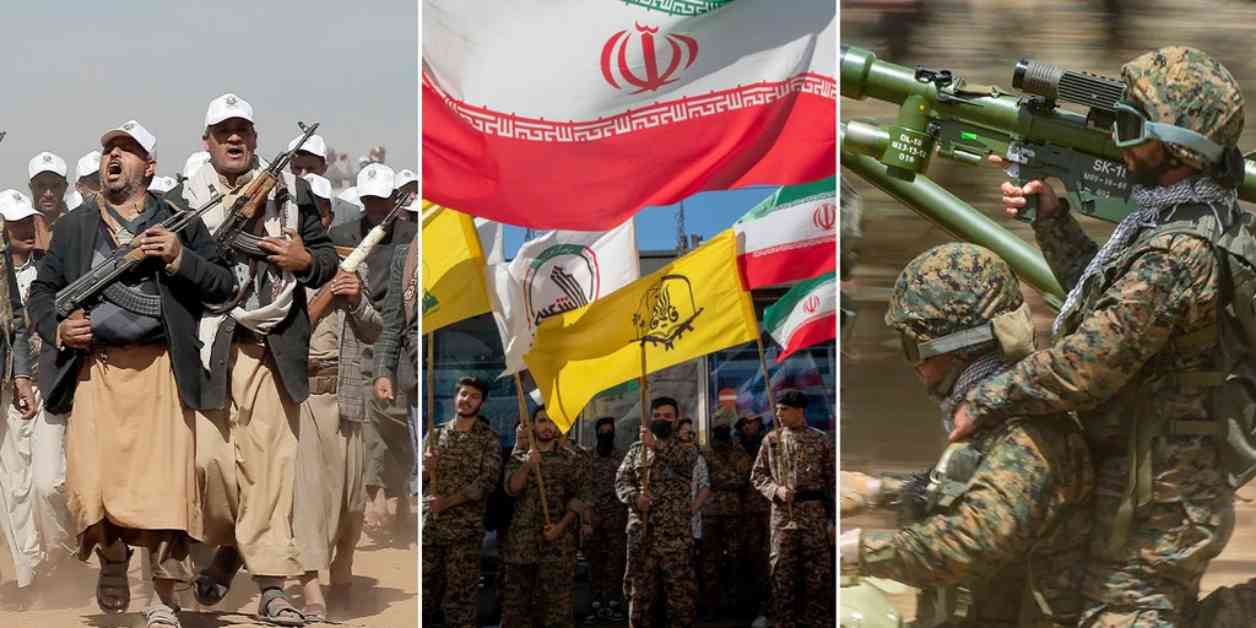For over four decades, the Iranian regime has been strategically building what is known as a “Ring of Fire” around Israel. This ring consists of various terror groups that Iran uses to expand its influence throughout the Middle East. Recent military actions taken by Israel have begun to disrupt this network, potentially marking a significant shift in the ongoing conflict.
Amnon Sofrin, former head of the Intelligence Directorate at Mossad, shared insights with Fox News Digital regarding Iran’s preparations. He mentioned a clock in central Tehran that was set up in 2015, counting down the time until Israel’s supposed demise by 2040. Despite this, Iran’s other proxies in the region have not yet actively engaged in ground battles, although they have shown support in different ways.
One example of this support was seen when drones carrying explosives were launched from Iraq by pro-Iranian militias, targeting an Israeli military base in the Golan Heights. This attack resulted in casualties among Israeli soldiers. Sofrin highlighted the sophistication of this operation, indicating the high capabilities of these militias.
In Iraq, the Popular Mobilization Forces, consisting of Shiite militias, have emerged as Iran’s allies following the defeat of ISIS. These militias, numbering tens of thousands, have become a significant force in the region, similar to Hezbollah in Lebanon. Additionally, there are reports of collaboration between the Houthis in Yemen and militias in Iraq, potentially posing a threat to Israel and American forces in the region.
The militias in Syria, guided by Iran, operate as a corridor for arms and logistical support. Israel has taken preemptive measures, such as bombing border crossings used for weapons transfer. The IDF has also targeted weapons depots near Russian-controlled areas in Syria, despite the risk of provoking a response from Russia.
As Israel escalates its military operations, the potential for increased hostilities with Iranian proxies grows. Sofrin emphasized the need for continued pressure on these groups to prevent them from regrouping and launching attacks. The changing dynamics in the Middle East indicate a shift in the balance of power, necessitating a focus on dismantling the Iranian axis.
Looking ahead, the winter season poses additional operational challenges in Lebanon, limiting military responses. However, experts like Avner Golov stress the importance of sending a clear message to Syrian President Bashar al-Assad. By pressuring Assad to reconsider his alliances with Iran, there is a possibility of disrupting Iran’s broader strategy in the region.
In conclusion, the Iranian “Ring of Fire” faces unprecedented challenges as Israel takes proactive measures to counter threats from Iran-backed proxies. The ongoing conflict in the Middle East underscores the complexity of regional dynamics and the need for strategic responses to safeguard national security interests.




